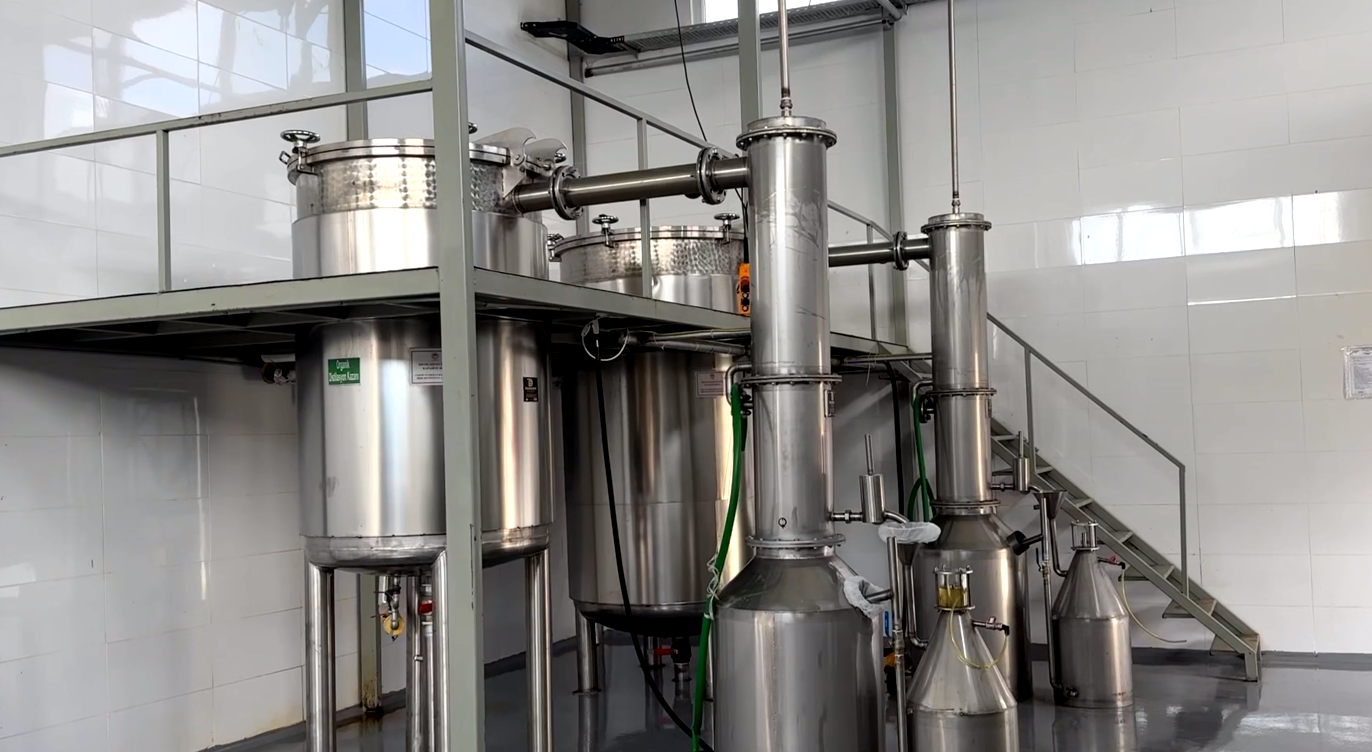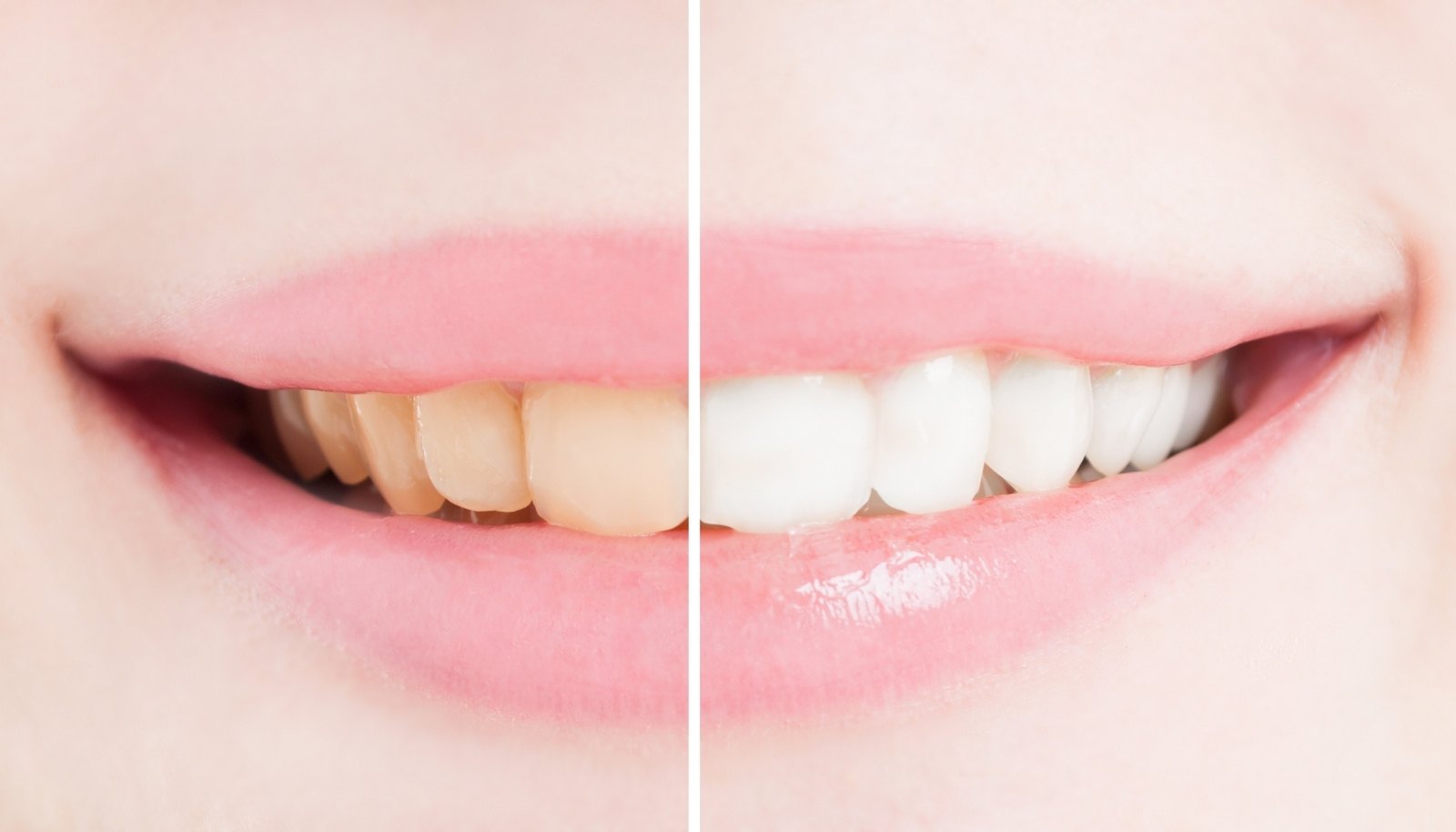
Distillation is a physical separation method used to separate mixtures of different components. This process is carried out by utilising the differences in the boiling points of the components. In this method, the liquid is evaporated and then the vapour condenses. Thus, components with different boiling points are separated.
The distillation process consists of two main stages: evaporation and condensation.
Evaporation: When the mixture is heated, one or more of the components vaporise. Components with a lower boiling point reach their boiling point at higher temperatures and enter the vapour phase.
Condensation: The components that pass into the vapour phase are directed to a cooling system, where they turn back into the liquid phase. This liquid is then collected and stored in a separate container.
Distillation is a highly effective method for both industrial and domestic use. Steam distillation in particular is widely used to extract essential oils and hydrosols from plants. These natural products are important in aromatherapy, skin care and many other health applications.
The vast majority of essential oils are obtained by steam distillation. The process involves exposing plant parts containing essential oils to direct steam or immersing them in hot water in steam boilers built to produce steam. In this way, the essential oil in the plant dissolves and mixes with the vapour, after which the vapour is cooled again. At the end of this process, essential oil and hydrosol are obtained.
Steam distillation is a traditional and effective way to extract natural and pure essential oils and hydrosols from plants.
Essential oils and hydrosols from plants have a wide range of uses in aromatherapy, skin care and natural health products.





